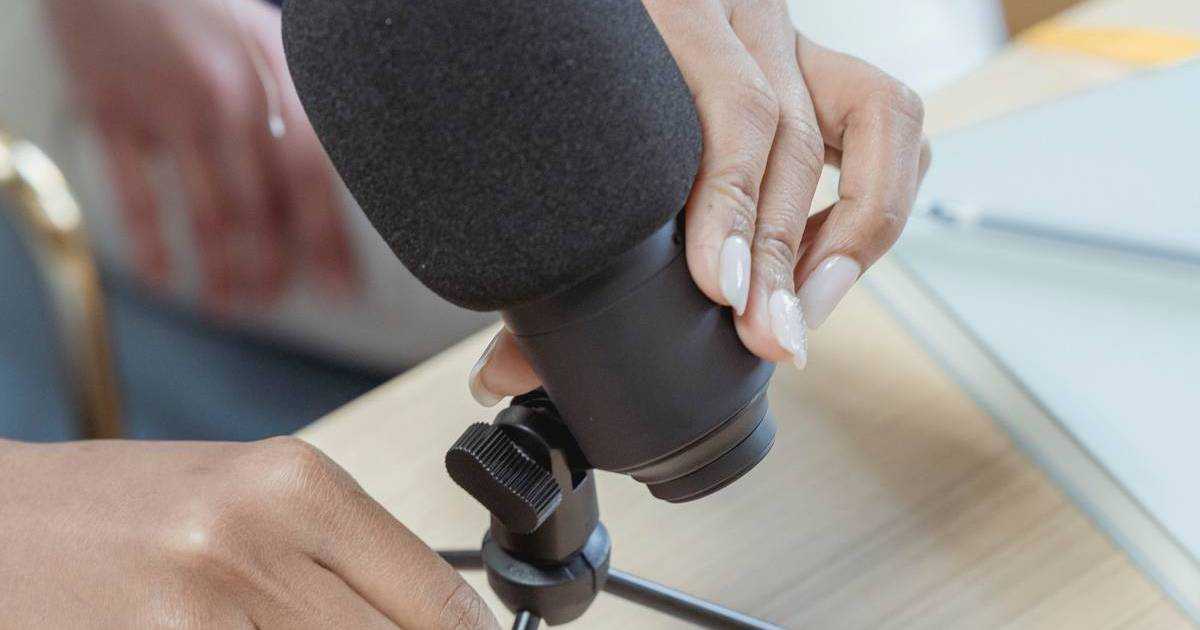Verbatim Transcriptions have become indispensable across various industries and niches. This article explores the world of the Verbatim Transcription - characteristics, benefits, and diverse use cases.
What is a Verbatim Transcription?
As the name suggests, a Verbatim Transcription is the precise transformation of spoken words into written text. Besides transcribing spoken words, Verbatim Transcriptions capture the subtleties of human communication, including pauses, repetitions, non-verbal cues, and noises. In a nutshell, Verbatim Transcriptions fully mirror the spoken language, preserving every detail.
What is a Non-verbatim Transcription?
A Non-verbatim Transcription omits filler words and background noises, enabling transcriptions for general purposes. A Non-verbatim Transcription streamlines the text, making it more concise.
Characteristics of Verbatim Transcriptions
Verbatim Transcriptions are known by their thoroughness:
Verbatim Transcriptionsencompass every spoken element, including words, hesitations, filler phrases, false starts, emotional nuances, and non-verbal cues like tone, inflection, volume, sighs, and laughter, offering a complete representation of the dialogue.Verbatim Transcriptionsretain communications unfiltered and capture spontaneity, interruptions, and emotions, providing an authentic transcript.Verbatim Transcriptionsprovide contextual clarity by capturing references, background noises, and other elements influencing the spoken content's interpretation.
Benefits of Verbatim Transcriptions
Verbatim Transcriptions can be helpful for several applications across industries such as legal and business. For example, tracking when users pause or use filler words is crucial for applications like public speaking coaching. In general, its benefits include:
- Complete Context and Raw Authenticity:
Verbatim Transcriptionspreserve the full context and provide an unfiltered view of human communication, reflecting the natural rhythm of speech. - Accessibility and Inclusivity:
Verbatim Transcriptionsare ideal for closed captions, allowing individuals with hearing impairments to capture every detail. - Accountability:
Verbatim Transcriptionsensure accountability for statements made, encouraging careful word choice.
When to Use Verbatim Transcription
The choice between Verbatim vs. Non-verbatim Transcription relies on the specific situation and intended use. A Verbatim Transcription is an authentic reflection of spoken language. It records every spoken element, encompassing filler words and pauses. In contrast, Non-verbatim Transcriptions eliminate repetitions and emphasize clarity in the text. Verbatim Transcriptions become essential in scenarios where preserving the entirety of spoken content is vital, such as Meeting Transcription, Legal E-Discovery, or Closed Captions.
If your application needs Verbatim Transcription or another feature, talk to Picovoice Consulting and get Leopard Speech-to-Text and Cheetah Streaming Speech-to-Text fine-tuned!







